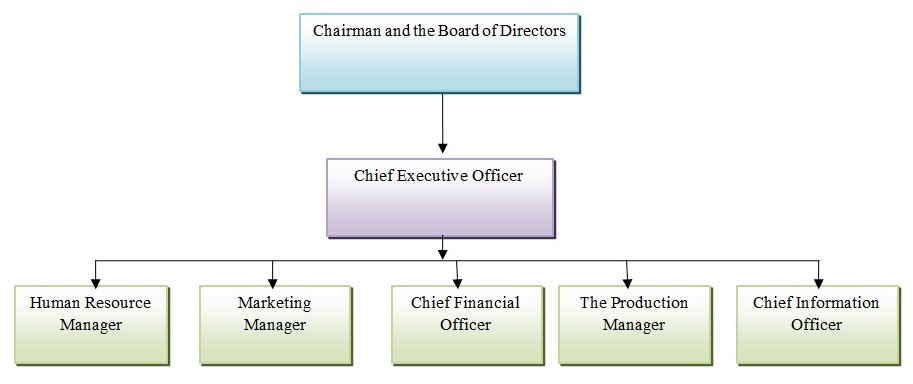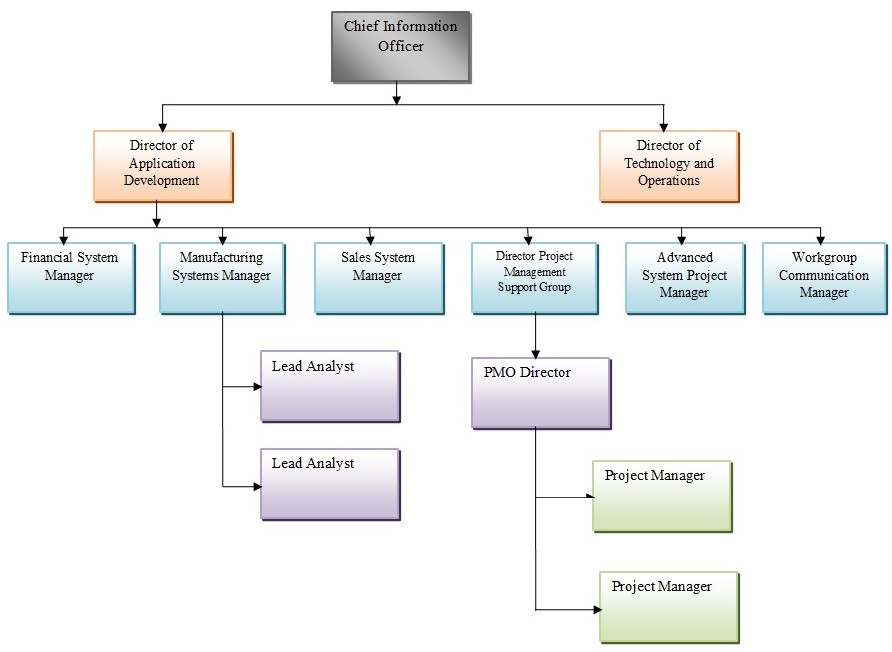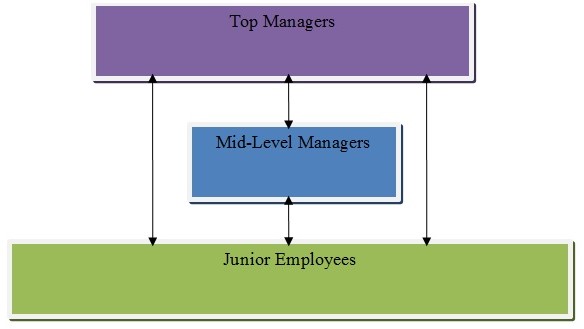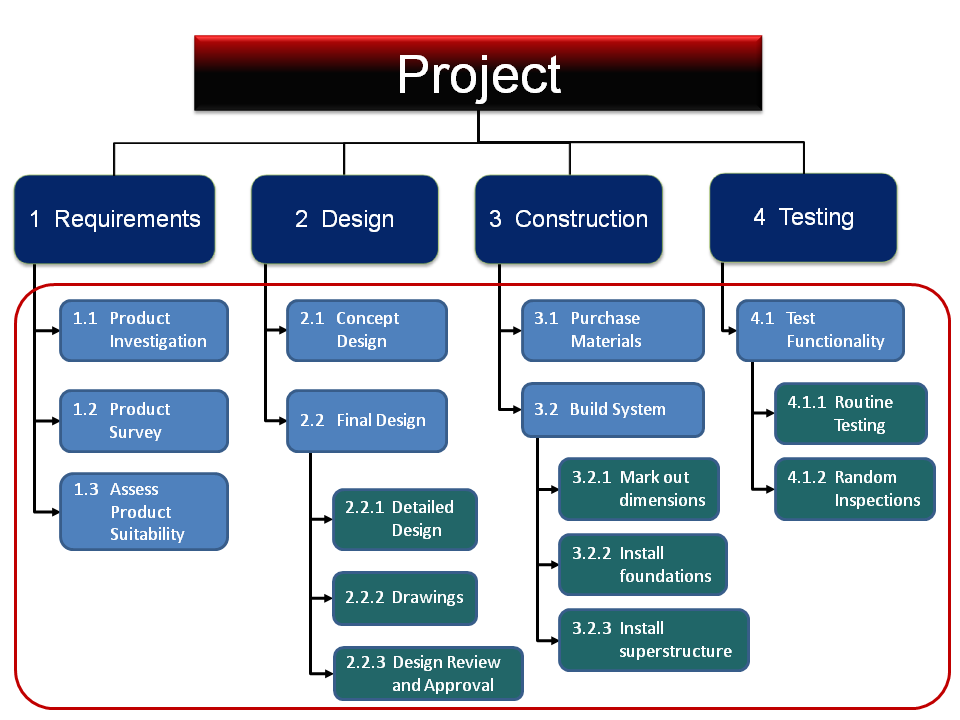Introduction
Apple Inc is one of the leading firms in the electronic industry. According to the firm’s recent reports, Apple Inc has experienced consistent growth in its sales from September 2011 to September 2013. Within the same period, the assets of the firm increased from US$ 116 billion to US$ 207 billion as shown in appendix 5. It was a marked improvement that was attributed to a number of managerial issues within this period. Apple Inc is one of the few firms that were able to survive the 2008-2009 economic recessions that affected its main markets in the United States and Europe (Lusted, 2012).
The chief executive officer, Mr. Tim Cook, has been under pressure to ensure that the brilliance performance of this firm that was witnessed under the leadership of Steve Jobs is maintained in post Jobs era. Appendix 1 shows the top management structure of this firm. The management has been looking for ways of improving its efficiency in operations in order to reduce its costs of production as a way of increasing its profitability. The management has realized that there is a need to ensure that its operations are not only efficient, but also effective enough to yield the desired results.
As a private consultant, an analysis of this firm’s operations has revealed that there is a need to develop project management office in order to help the management meet their objective of reducing the cost of production. The management unit has developed PMO that defines how different projects will be undertaken. The introduction of iPad can be used to explain how this firm has used project management office to manage its projects portfolio in order to achieve efficiency.
Analysis of Project Management Office at Apple Inc
The project management office that is in use within this firm is coordinated by the office of chief information officer. This office has a close coordination with the other five departments as shown in appendix 2, especially the production department. The project management office has been in existence in this firm for the last three years. According to a research conducted by Meredith and Mantel (2012), many firms had developed PMO in managing their projects even before the concept was developed and published by scholars in this field.
An analysis into how projects were approached in this firm during the era of Steve Jobs shows that there was a clear pattern which each project had to follow in order to make it easy for the top management to predict the outcome of the project. O’Grady (2009) says that Jobs was a strict man who would insist on achieving perfection when addressing individual projects. Due to this, he and a group of engineers developed a concept that would define the path of all projects that were undertaken in addressing new projects.
When the management developed this concept, it was not referred to as PMO by the management of this firm. It was regarded as a unique concept that was used to improve performance of projects within the firm. The use of project management office gained popularity from 2007 to 2009. It is during this period that this firm developed a clear PMO structure under the office of the chief information officer. The top management, under the leadership of Steve Jobs, realised that some of the projects within the portfolio were managed without clear coordination. It was becoming increasingly difficult for the top management to monitor progress of individual projects of this firm, especially those that were taking place in overseas plants in China.
Project portfolio management was increasingly becoming a complex process, especially because of the unpredictable costs of individual projects. It was common for the project managers to ask for more funding when the projects were underway. It was inflating the cost of these projects. The management realized that the best approach of addressing the issue would be to embrace project management office to help in coordination of these projects in all the plants.
The use of PMO proved successful for this firm, especially from 2008 to 2012. According to Lusted (2012), it was during this period that the management introduced iPad into the market with a massive success. Apple Inc introduced iPad into the market in 2009 after developing a prototype that was to be used in these projects. According to a study conducted by Lusted (2012), Apple Inc developed the idea of iPad in early 2008. The proposal was developed in March 2008 and was finally approved in May the same year. This project was very important for this firm because it was one of the initial projects that were conducted with the PMO guidelines under the office of the chief information officer. When the top management approved the prototype, the project was initiated in June the same year.
The project portfolio manager, working under close supervision of the chief information officer, was under pressure to take the shortest period possible in implementing the proposed prototype before their rivals could steal the concept. The management was particularly concerned that Samsung could steal the concept and take it to the market ahead of Apple. The chief information officer had to coordinate the entire staff concerned with this project to come up with the final product that met the quality standards required within a period set by the chief executive, Steve Jobs. Appendix 2 shows the individuals who were directly involved in this project, and other subsequent projects that were managed using the same approach. The project was finally completed in November 2009. The quality assurance team took one month to monitor the standards of the new product and in 2010; the product was finally launched in the market. Appendix 6 shows the scheduling duration of iPad.
According to a research by Lusted (2012), iPad is one of the biggest success stories in the entire history of Apple Inc. It came at a time when the market needed it the most, especially the media and tourism industry. The market had not realized the need, but this firm had realized that there was a gap that had to be filled. The manner in which this project was executed was not only efficient, but also very effective in delivering an effective product. The Chief Information Officer realized that projects could be very successful if they were conducted in a clear pattern that was easy to trace by people who were not directly involved in its implementation.
According to Tonnquist (2009), this product took a slightly longer duration than had been specified. A number of reasons have been used to justify this, top of which, was the fact that it was the initial project being conducted under the newly developed program. The top management found it easy to predict stages during the implementation, and the required finance needed at each stage. The report that was released to the media during its launch by the chief executive shows that it is one of the products that were developed very efficiently, cutting the costs that this firm would have been forced to incur if it were to follow an erratic procedure. The financial statement of this firm, shown in appendix 5 shows how successful this firm was during this period.
A recent analysis into the way this firm is using PMO shows that it is slowly drifting away from its initial programs that were successful in 2008-2012. The firm is once again moving towards an individualistic approach of managing its project. Although this approach may be appropriate at individual project level, it may be disastrous at the top management level. Managing a portfolio of projects that have taken an individualistic approach means that the project portfolio manager will have to understand individual project as a unique entity.
When the uniformity is eliminated, then it becomes complex for senior managers to understand the progress of the projects, the costs, and the possible outcome. It means that the top management may be out of control of what the project will cost, and what its outcomes shall be. It is very dangerous, especially for a manufacturing firm operating in a competitive market such as the electronic industry. It means that there is a need for a shift from what is practiced in this firm today when addressing the projects.
Understanding the current status of PMO at Apple Inc and its shortcomings
It has been mentioned that Apple Inc has slowly been drifting away from using project management office in managing some of its new projects. According to Nagarajan (2005), it is a fact that the electronic sector is so dynamic that only those firms with the ability to transform to modern technologies have the ability to survive. The shift that has been experienced at this firm is a positive indicator that it is changing with the changing patterns in the environment. However, the pattern of change should be conscious of the need to maintain efficiency and cut down costs of operations. This is what PMO seeks to achieve within an organisation. Ignoring its principles would be dangerous unless it is replaced with an equally efficient tool that can bring success within the organization.
The research by Goncalves (2007) indicates that firms that operate in the manufacturing sector should embrace project management office, especially if it has several lines of products. This is important because, after some time, it may be necessary to develop a better version of the current product or create a new substitute that would be able to meet the market needs. It means that such a firm will be forced to develop a variety of projects to come up with such products. At Apple Inc, a new culture is developing where some of the new products take unique methods and policies that are different from the approaches that were used before. The main issue has been the cost associated with this new approach. It has meant that new projects cannot benefit from using standardized methods that have been tried and tested.
Apple Inc currently finds itself spending more in such project, and this may have negative consequences for it in the market. According to a recent survey by Lusted (2012), Samsung is overtaking Apple in the Smartphone market. The products from Samsung have good quality, just as those from Apple, but they can afford to charge cheaper prices than Apple. It means that Samsung already has an edge in the market that can enable it outperform Apple in this industry. Given the long rivalry between these two firms in the market, it means that unless the management of Apple takes corrective measures now, it may not be able to survive the competitive force coming from some of its main market rival.
Recommendations
The proposed approach that should be taken by the top management
As a private consultant, it is clear that there is a need for the management of Apple Inc to review its approach towards the use of project management office. The above analysis clearly shows that there is a problem at this firm that should be addressed as soon as possible. Although the firm is still posting good revenues and attractive profits, this may soon come to an end unless measures are taken to address the issues that have been identified. At this stage, it would be crucial to discuss some of the recommendations that this firm should take in order to address this issue in a way that will yield good results, and be appreciated by all the stakeholders (Levine & Wideman, 2013). The following are some of the steps that the chief executive officer should take when addressing the issue.
Creation of awareness about PMO among the relevant stakeholders
Some of the employees do not understand the meaning of project management office and its relevance in the production process. According to Taylor (2011), many employees in major companies around the world do not understand principles of project management office. Some of these people are holding important positions that are crucial when implementing PMO. It is important for the chief executive officer, Mr. Tim Cook, to realize that some of the employees do not understand what project management office is, and how relevant it is in improving the efficiency of the firm’s operations.
This awareness creation will be focused on making the employees understand how PMO can help the firm cut the cost of production, and improve the speed with which products can be delivered into the market. The awareness creation should also encourage positive sharing of information among the stakeholders. They should avoid temptations to withhold information that may be vital to other firms. Appendix 3 shows the information strategy that should be embraced by this firm.
Empowering the IT department
One of the key issues that have affected Apple Inc from being able to use project management office is its weak IT department. This department has been reduced to a unit that is responsible for efficient of specific information from one department to the other. According to a report by Hallows (2002), some of the large companies around the world have not yet appreciated the supremacy of this department, and it has affected them negatively. This report argues that project management office can only be implemented by the IT department. It is the only department that can bring all other departments together using special software that allows everyone to have access to the relevant data.
When implementing an effective PMO, there will be a need to have an easy access to information that can enable the project portfolio manager, and project manager to be informed of what they are expected to do when addressing new projects. This can only be done when there is a department that has the authority to ask for any relevant information from the departments, and find a way of sharing this information with other departments. In some cases, one department may decide to conceal its data from other departments for personal reasons, or as a means of protecting the information from that department.
Such information can only be released to senior authorities within the firm. It means that for the IT department to receive this information, the office must hold some authority that can allow it to issue command to other departments within the firm. The recommended approach is for the chief executive officer to add a managerial role to the head of the IT department that may offer it some authority over other departments within the firm.
Development of a Flexible Model
According to a report by O’Grady (2009), some of the employees at Apple Inc accused Steve Jobs of highhandedness during his era. The report claims that Jobs would force his way, sometimes using models that some of the employees did not understand. What is unique is that this worked for him. The success of this approach may not be very surprising because he would get directly involved when developing new concepts. This way, he would help other participants understand the concept he is proposing. However, this approach may not work for the current chief executive. For this reason, there is a need to develop a flexible model that can be adjusted without altering the expected results or the desired processes. Appendix 7 shows a simple model that can be used by the management of this firm.
Develop a competent monitoring unit
According to Hill (2014), the need for firms to improve their efficiency and reduce cost of operation is obvious. However, how this can be done may be a challenge that some of the project managers may not understand. For Apple Inc to succeed in integrating its systems and departments through PMO, then the management will be forced to develop a team of experts that will monitor activities of various departments when implementing a given model. The experts must have a deep understanding of the selected model, and how to standardize various projects based on that model. This way, they will be able to guide project managers when implementing new projects. This will not only increase efficiency in these new projects, but will also results in quality products due to the increased confidence among the stakeholders charged with the implementation process. The team should use the matrix shown in appendix 4 when monitoring the projects.
Conclusion
Apple Inc is one of the most successful firms in the electronic industry. It is one of the largest firms in the United States based on its revenues and profitability. Under the leadership of Steve Jobs, this firm embraced PMO, and this helped it reduce its cost of operations, especially when dealing with new projects. However, a recent analysis of the firm shows that it has shifted from this tradition in favour of an approach that allows project managers to develop their own models for each project. It is a costly approach of addressing new projects that this firm may not afford. Integrating all departments through project management office, and standardizing the methods that should be taken when addressing individual projects is the best way through which this firm can embrace some of the market challenges. PMO will not only cut the cost of operations, but also reduce the time taken to deliver products in the market. It will also enhance the quality of these products.
References
Goncalves, M. (2007). Implementing the virtual project management office: Proven strategies for success. New York: McGraw-Hill.
Hallows, J. E. (2002). The project management office toolkit. New York: AMACOM.
Hill, G. M. (2014). The complete project management office handbook. Boca Raton, Fla: CRC Press.
Levine, H. A., & Wideman, M. (2013). Project portfolio management: A practical guide to selecting projects, managing portfolios, and maximizing benefits. San Francisco: Jossey-Bass.
Lusted, M. A. (2012). Apple: The company and its visionary founder, Steve Jobs. Minneapolis, MN: ABDO Pub.
Meredith, J. R., & Mantel, S. J. (2012). Project management: A managerial approach. Hoboken: Wiley.
Nagarajan, K. (2005). Project management. New Delhi: New Age International.
O’Grady, J. D. (2009). Apple Inc. Westport, Conn: Greenwood Press.
Taylor, P. (2011). Leading successful PMOs: How to build the best project management office for your business. Farnham, Surrey: Gower.
Tonnquist, B. (2009). Project management: A complete guide. Aarhus: Academica.
Appendix




Appendix 5: Financial Statements of Apple Inc
Appendix 6: Scheduling Duration of iPad
